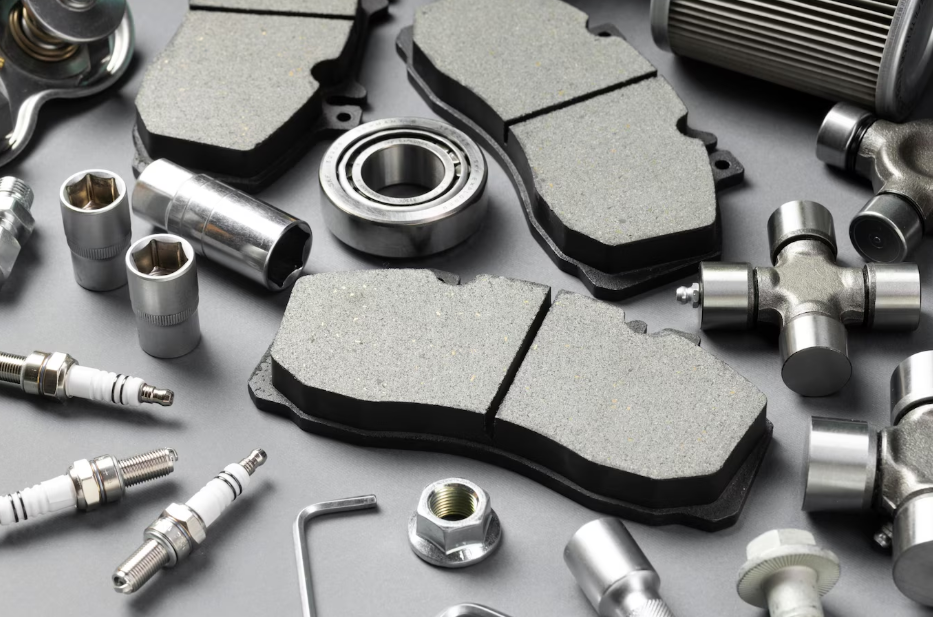Using CNC Router bits is closely tied to the right choice of end mills and twist drills for a job. This calls for a basic understanding of how these tools work and the right way to use them. To get to that stage, you need to have a clear idea about the assignment such as the type of feature you are machining, the capabilities of your own tools, the materials you are working on and how cost-efficient is to work with what you have. Last but not least, there should be a part of your analysis dedicated to studying ways to optimize the work if you need to. Sometimes spending money on the right tools will save you hundreds of dollars on wasted materials or damaged tools that will affect the final budget of the project.
Table of Contents
ToggleWhat’s the use of CNC Bits?
CNC Router bits are commonly used to create a number of features in the piece you are working on. Some of these features are holes or hole-related features. You can also pocket with islands, 2D or 3D profiles, bosses, cutting outlines, edge trimming, chamfers, rounding, working surfaces or even engraving. Once you have figured out what you actually need to do, you can choose the type of bit you need according to the finish you need to deliver in the finished product. You can use an up-cut bit that brings the chips up to the surface or a down-cut that sends them to the other side of it.
Main Differences between CNC Bits
Before moving forward, you need to understand the differences between these CNC bits. It all comes down to the type of finished work that is delivered when you use them. The up-cut option is the most popular one and is commonly used for wood and light metals. These materials chip away a lot, creating strays on the surface. The finished product will probably need to receive a trimming to smooth the surface. The down cut option is designed to bring chips down and deliver a cleaner finished product, but it could be damaged in a shorter period of time since the bottom end will wear out more quickly since is more sensitive to access now.
With this knowledge on hand now we can learn about the best CNC bits available and choose the one that is ideal for the right type of work. The most efficient of them at the moment are:
Compression Cutters
This might be the most efficient tool on the list since it can work as an up cut and d own cut depending on the settings of the job you need to do, the flute length is designed to have a double edge that can be adjusted to any CNC machine. They are the best option to work plywood, composite materials, and laminates.
Diamond Cutters
Despite the rough look of these bits, at first sight, these bits are great to deliver finished cuts, but they are not really efficient at penetrating some surfaces for themselves. They are best used as a complimentary help to trim some edges or to drill light material such as thin alloys or multilayered wooden composites.
Chip Breaker Cutters
These bits are specially designed to break down the chips coming out of a surface to a minimum and drill fast holes in rough materials. The serrated edges make them ideal to work on small pieces of strong metals such as iron or lead.
Straight Cutters
As the name implies, this bit comes forward with great strength and delivers a single hole on a single slam. While they are some of the cheapest bits available on the market, they are prone to imprecisions due to their one-way enter. They are mostly recommended to work on plastic surfaces or light woods.







